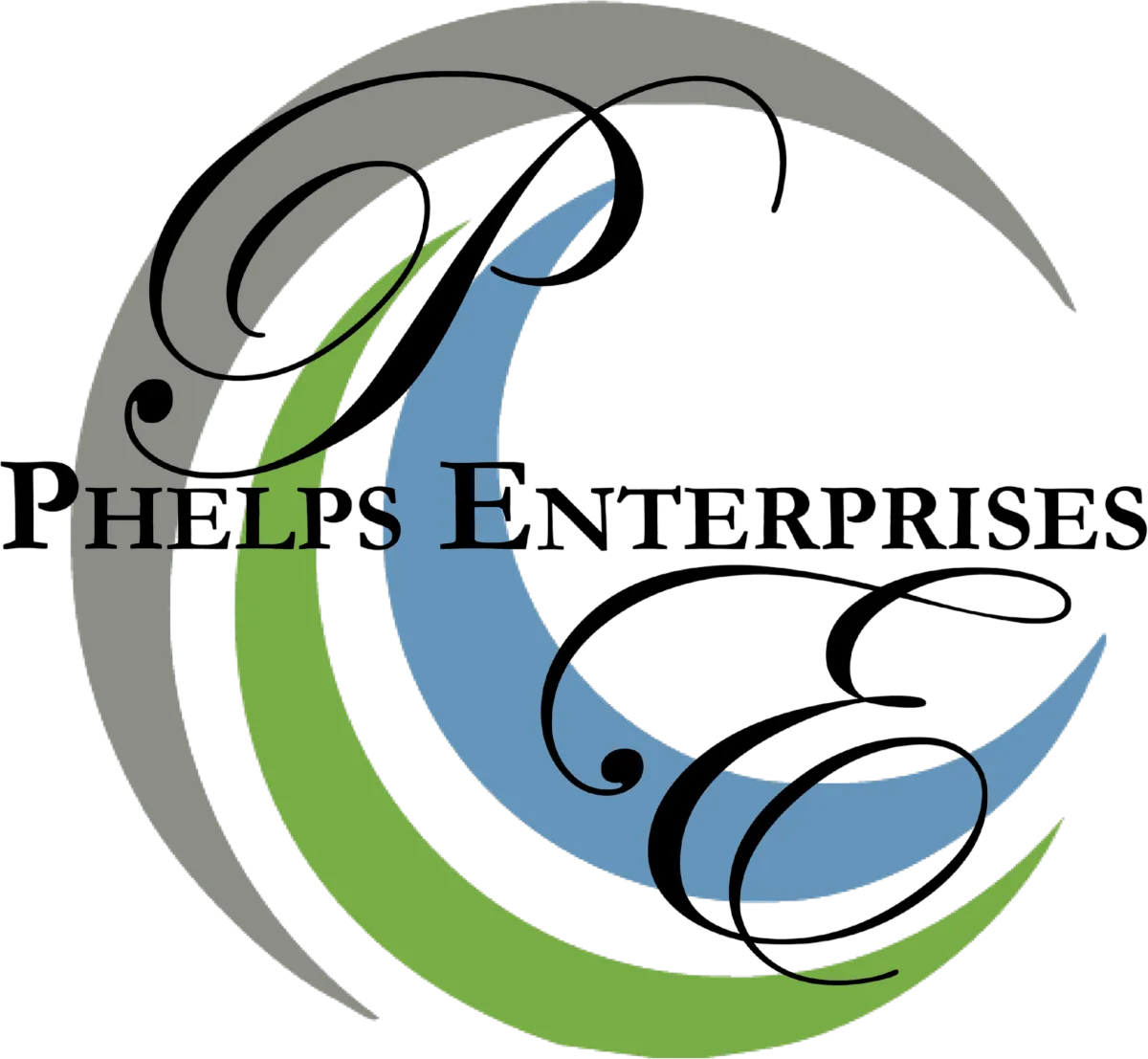See Our Latest Posts and News
Access our FREE Blog and Learning Library of content

ROI
ROI - Rate of Impact vs Return on Investment:
Speed and Profit
Maya spent $10,000 on a launch campaign. Her brand caught fire on day two, mentions spiked, traffic jumped. Sales, however, lagged for weeks. The buzz was fast, the profit was slow.
That gap is the difference between Rate of Impact and ROI. Rate of Impact shows how quickly and how strongly an effort moves the needle, like signups today or leads this week. ROI shows the profit you earned compared to what you spent, after the dust settles. One tracks speed and force, the other tracks payoff.
You need both to make smart choices. Fast impact helps you shift budget to what is working now. ROI tells you which bets actually make money. Together, they help you time decisions, plan cash flow, and defend investments to your team or board.
Marketers use Rate of Impact to judge creative, channels, and offers in near real time. Finance teams use ROI to compare projects, rank priorities, and pick the winners. Operators use both to balance quick wins with durable returns. This mix works in startups, agencies, and large firms.
Think of a flash sale that spikes revenue in 48 hours, then fades. High Rate of Impact, mixed ROI. Or a content program that grows organic traffic for months. Slower impact, strong ROI over time. Knowing which one you are looking at keeps you from cutting a good bet too early or riding a bad one too long.
This post breaks down how to measure Rate of Impact and ROI in plain terms. You will see how to read both on dashboards, pick the right time horizon, and avoid common traps. We will cover simple examples, practical benchmarks, and where each metric shines. By the end, you will know when to chase speed, when to chase profit, and how to balance both.
What Is Return on Investment (ROI)?
ROI tells you how much profit or loss you earned for every dollar you spent. It is a simple ratio used by marketers, operators, and finance leaders to judge if money put to work paid off.
Formula: ROI = (Net Profit - Investment Cost) / Investment Cost x 100
Another way to say it: profit or loss divided by cost, shown as a percentage. If you spend $100 on ads and bring in $1,000 in sales, your net profit is $900. ROI is 900 percent. The metric is plain, fast to explain, and easy to compare across options.
ROI is useful across the business. Finance uses it to rank projects and capital purchases. Marketing uses it to judge campaigns and set budgets. Leadership uses it to defend choices and align teams. The catch, ROI ignores time, cash timing, and risk. A 50 percent ROI in one month is not the same as 50 percent over two years. Pair ROI with timing and payback to avoid bad calls.
How to Calculate ROI Step by Step
Use this four-step path to keep it simple.
Identify costs
Add all spend: purchase price, setup, fees, and labor.
Example: equipment costs $20,000, install is $2,000. Total cost is $22,000.
Measure gains
Calculate the money earned due to the investment.
Example: the machine adds $35,000 in revenue and $5,000 in extra COGS. Gross gain is $30,000.
Subtract and divide
Net profit = $30,000 minus $22,000 = $8,000.
ROI = ($8,000 - $22,000) / $22,000 x 100 = -63.6 percent if you apply the given formula. Using the standard form, ($8,000 ÷ $22,000) x 100 = 36.4 percent. State your method in advance.
Multiply by 100
Report as a percentage for clear comparison.
Marketing example with quick math: spend $100 on ads, get $1,000 in sales, $900 net profit. ROI is 900 percent.
Tips for accurate campaign tracking:
Attribute revenue with first touch, last touch, or data-driven rules, then stick to it.
Separate new customer revenue from returning customer revenue.
Track costs fully: media, creative, tools, and team time.
Use consistent windows, like 7, 28, or 90 days.
Common Uses of ROI in Business Decisions
Teams use ROI to:
Pick projects: rank ideas by expected profit relative to cost.
Compare options: stack channels, tools, or vendors side by side.
Justify budgets: defend spend with a clear financial outcome.
Spot winners and losers: cut spend with low or negative ROI, scale what pays.
Marketing ROI guides channel mix, creative bets, and timing. Finance ROI supports capital buys, M&A screening, and portfolio reviews. Pair ROI with time to impact, payback period, and risk to decide where speed meets profit.
Defining Rate of Impact in Simple Terms
Rate of Impact is the speed and strength of change after you take an action. It shows how quickly results appear, and how big they are. Think fast reach from a viral video, a sudden lift in demo requests after a webinar, or brand buzz from a social push. Unlike ROI, which looks at final profit, Rate of Impact focuses on immediate effects you can see in hours or days.
Why Speed Matters More Than You Think
Speed compounds learning. Early customer feedback on a landing page, even from a handful of visitors, helps you tweak copy, fix friction, and lift conversions the same day. That momentum rolls forward. The faster you see signals, the faster you can improve.
Fast impact also helps with cash and risk. A short email test that boosts same-day sales shows you what to promote this week. A viral video that lifts followers and mentions today may not show profit yet, but it gives you direction on message and audience.
A finance example makes it concrete. A short-term working capital loan that funds inventory can turn into faster order fulfillment and immediate cash receipts. You pay a small fee, move stock quicker, and pull in cash within days. The Rate of Impact is high, and you gain room to make better decisions before month end.
Use Rate of Impact to drive agile choices:
Shift budget toward channels that spike quickly.
Trim laggards before they absorb more spend.
Lock in wins by rolling fast learnings into the next test.
Tools to Track Rate of Impact
You can track Rate of Impact with simple tools you already use. Start with daily or hourly reads, then pair numbers with context.
Website analytics: watch real-time users, traffic spikes, and conversion rate. Free tools like Google Analytics work well.
Sales dashboards: track daily orders, average order value, and refund rate.
Ad platform insights: monitor impressions, click-through rate, and cost per result by day.
Email and SMS reports: opens, clicks, and same-day revenue after a send.
Social analytics: reach, saves, shares, and follower growth after a post or video.
Add qualitative notes to explain the spikes:
Message: what hook or offer did you use?
Audience: who saw it?
Context: was there news, a partnership, or a promo timing lift?
Numbers tell you that something moved. Short notes tell you why it moved, which is what lets you repeat it.
Key Differences: Rate of Impact vs. ROI Explained
Rate of Impact tells you how fast and how strongly an action moves key signals. ROI tells you how much profit you earned over the full cycle. You need speed to learn and adjust, and profit to pick long-term winners. Use both to avoid false starts and late pivots.
Aspect
Rate of Impact
ROI
What it measures
Immediate change in key indicators
Total profitability relative to cost
Time frame
Hours to weeks
Months to years
Main signal
Speed and scale of effect
Net profit per dollar spent
Primary use
Rapid testing and resource shifts
Investment ranking and budgeting
Best for
Launches, creative tests, channel checks
Capital plans, evergreen programs
Risks if used alone
Chasing spikes that do not pay
Cutting slow builders too early
Sample metric
Day 1 lift in leads, CTR jump
6-month ROI on campaign spend
When to Prioritize One Over the Other
Choose based on your goal, cash needs, and planning horizon.
Startup chasing traction: favor Rate of Impact. Run short tests, read same-week lift, and recycle budget into what pops.
DTC brand with daily sales goals: track Rate of Impact on ads, email, and offers. Let ROI confirm scale decisions.
Product launch or promo window: pick Rate of Impact to steer creative and placement. Shift spend within days, not quarters.
Established firm with steady demand: favor ROI for planning. Rank channels, content, and tools by profit over time.
B2B with long cycles: use Rate of Impact for meeting sets and pipeline speed. Use ROI to judge programs over quarters.
Finance planning and board reviews: lead with ROI, then add Rate of Impact to show momentum and risk control.
Practical rule: optimize daily with Rate of Impact, allocate quarterly with ROI.
Applying Both Metrics in Marketing and Finance
Use Rate of Impact to steer daily moves, and ROI to judge if the effort paid. Track fast signals to guide tweaks in real time. Then roll up profit after a full cycle to confirm winners. Both metrics protect budget and help you scale with confidence.
A simple playbook keeps teams aligned:
Set one goal metric for speed, like day-one leads or click rate. Pair it with a profit metric, like net margin per order.
Read Impact hourly or daily. Shift bids, caps, and creative when signals move.
Lock measurement windows. Use 7 or 28 days for quick reads, then a full payback window for ROI.
Tag every touchpoint. Clean tags make attribution and ROI defensible.
Close the loop. If fast impact fades, cut spend. If profit holds, scale in steps.
Real Examples from Successful Campaigns
Here are anonymized cases that show how speed and profit work together.
Social ad with fast lift and solid ROI
A mid-market retailer launched short video ads to a warm audience. Within 24 hours, traffic doubled and add-to-cart rate rose. The team rotated top thumbnails and raised daily caps. After 30 days, tracked orders covered ad and creative spend, leaving healthy net profit. Impact guided daily moves, ROI greenlit scale.Email blast for a limited offer
An ecommerce brand sent a two-segment email with a 24-hour code. Opens and clicks spiked in the first hour, and same-day revenue covered the send and list costs. They A/B tested subject lines, then rolled the winner to the rest of the list. ROI after refunds stayed positive. The shop repeated the offer on the next product drop.Finance tool launch with slower Impact, strong ROI
A B2B software firm launched a compliance add-on. Early signals were modest, like a small rise in demo requests and longer site sessions. Sales cycles ran 60 to 90 days, so Impact was slow. Pipeline quality stayed high, close rates improved, and support costs were low. The final ROI beat core products, so the team expanded the add-on bundle.Working capital test for inventory turns
A wholesaler tried a short-term facility to stock a fast mover. Ship times fell, fill rate improved, and reorders arrived sooner. The Impact showed up in weekly turns and on-time delivery. ROI analysis after two months confirmed gains outpaced fees. They increased the line during peak season.
Tips to integrate both:
Tie a fast metric to each bet, like lead velocity or cart rate.
Plan a fixed ROI readout, including returns and support costs.
Scale only when both align, fast lift plus durable profit.
How to Balance Rate of Impact and ROI for Better Results
Balancing speed and profit takes structure. Treat Rate of Impact as your daily compass, and ROI as your quarterly report card. Set fast signals that guide small moves, then confirm profit after a full cycle. This rhythm keeps momentum high and prevents costly drift.
Steps to Integrate Them in Your Workflow
Start with a simple path you can repeat every quarter.
Plan with both in mind
Set one fast metric per initiative, like day-one leads or click rate.
Pair it with a profit metric, like net margin per order or CAC to LTV ratio.
Allocate budget to quick tests that inform ROI goals.
Measure Impact daily
Watch traffic, conversions, and lead velocity each day.
Use dashboards from analytics, ad platforms, CRM, and billing.
Move budget toward assets that lift same-day or same-week results.
Calculate ROI quarterly
Roll in full costs, refunds, discounts, and support time.
Use consistent windows, like 90 days for campaigns and cohorts.
Compare to targets, not just past periods.
Adjust based on data
Scale only when Impact holds and ROI is positive.
Pause if Impact fades or payback slips beyond plan.
Document learnings, then refresh goals for the next cycle.
Common pitfalls to avoid:
Chasing spikes without profit checks.
Overweighting last click and ignoring assisted impact.
Changing windows mid-quarter, which breaks comparisons.
Quick checklist:
Goals set for Impact and ROI
Daily Impact dashboard live
Quarterly ROI template ready
Fixed attribution rules
Budget guardrails and stop-loss points
Review cadence set (daily huddle, weekly check, quarterly readout)
The payoff is clear: faster decisions, cleaner budgets, and steadier growth.
Conclusion
Rate of Impact tells you how fast and how strongly your move hits key signals. ROI confirms whether that effort pays after the full cycle. Speed guides daily tweaks and spend shifts, profit proves which bets deserve scale.
Bring it back to Maya. The launch buzz hit fast, sales followed slowly. Reading impact early would have steered creative and budget in days. Measuring ROI later would have confirmed the real payoff and the next push.
Use both to stay sharp. Pick one fast signal for each initiative, like day-one leads or cart rate. Pair it with one profit signal, like net margin per order or CAC to LTV. Hold your windows steady, track full costs, and write down what you learn.
Take one step now. Audit a current campaign or project. Name the fast signal you watch each day, then define the ROI window you will honor. If speed is strong and profit is growing, scale in steps. If one lags, adjust the plan, not the goal.
Keep the loop tight. Daily, read impact and shift small levers. Weekly, check trend and quality. Quarterly, report ROI with the full picture. This rhythm protects cash, builds confidence, and supports smarter calls across teams.
Thanks for reading. Share how you balance speed and profit in your work. Want a template for daily impact and quarterly ROI readouts? Watch for the next post in this series.
Driving Growth, Amplifying Impact
R.A. Everist, L.G. Everist, Inc.

Brian Phelps is the kind of business leader who can turn a skeptic into a believer: he can be empathetic to both sides of any transaction, from major contracts to the smallest of sales. Results are the things that matter, and Brian has consistently produced them for our company. I have always admired Brian’s work habit of arriving early and staying late. This kind of character is rare in the fabric of modern business.
Jeffrey L. Pray CPCU RPLU AFSB CIC

When I look back on my years of working with Brian, I am reminded of the adage of the tent posts that are required of a viable tent; not a pup tent mind you, but a large tent; the kind the circus’s of old had to put up, take down, travel to the next town and do it all over again. The bigger the tent, the more posts that are needed to hold it up. We are all responsible for our own tent, whether at home or at work. The analogy of those posts are Respect, Empathy, Fairness, Accountability. However, the post in the center of the tent is critical, without which the rest of the posts will see the tent fail. That post is Integrity. Brian Phelps made sure that all five posts were securely in place and secured it all with integrity. I know this because there were several occasions when our business relationship was being challenged by others and Brian responded each time with all five posts soundly in place.
Get In Touch
Email: [email protected]
Address
Office: Dell Rapids, South Dakota
Assistance Hours
Daily and By Appointment
Phone Number:
(605) 595-3422
Unleash Your Business Brilliance.
I help serious business owners and organizations generate more clients, close more sales, and increase their overall revenue and profits quickly and inexpensively


